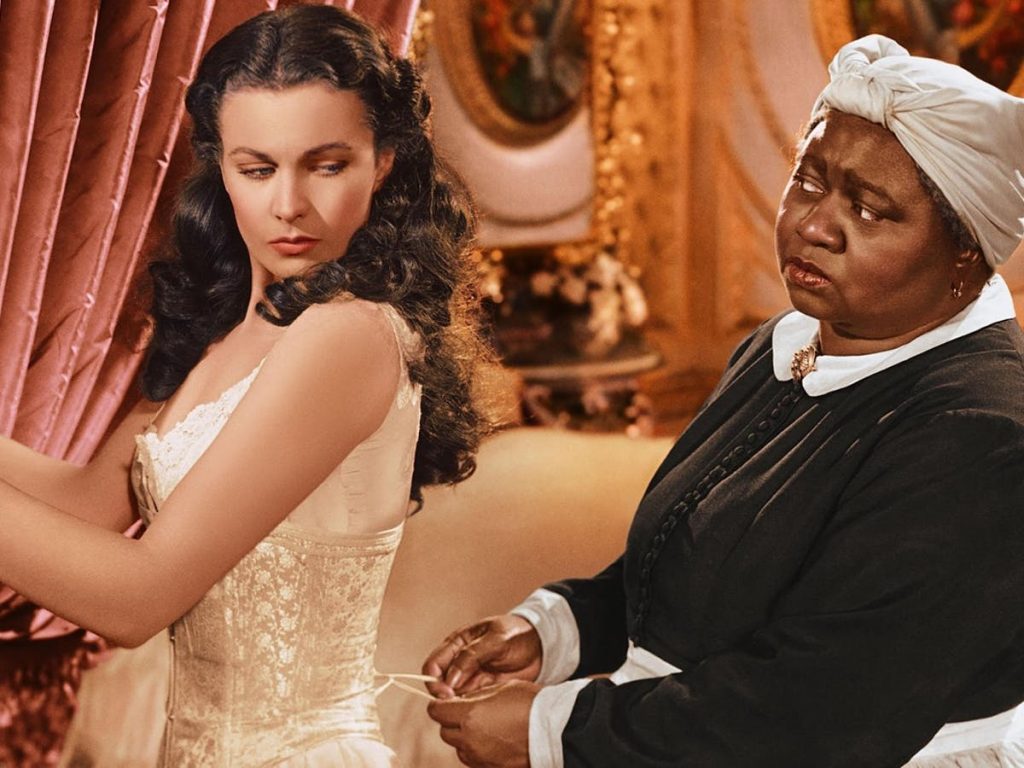Week 8 Breakout Activity
Step 1
Locate words, phrases, language, etc. in the following paragraph that you do not know the meaning to or of; locate their definition online using this link to the OED from Emory’s Woodruff Library, or from another reputable source online, and hyperlink ([Command + K] or right-click and select the chain button) the word or phrase to its explainer. (For instance, if you do not know what “symbolic paradigms” means, try to find a source that does and link it within the paragraph.)
Step 2
Locate what you think the “main point” of the paragraph is and bold the relevant sentence(s). Locate what you think is analysis, evidence, or examples supporting that main claim and underline/italicize it.
Step 3
Rewrite the paragraph in your own words underneath the paragraph rewrite section. The text is difficult, and paraphrasing will be difficult. Focus on trying to “reword” what Spillers is saying rather than trying to figure out what she “means” (we’ll work on that together in the discussion section).
Step 4
Add any additional images online, materials, hyperlinks, embedded videos, sound-clips, evidence, etc. that might help explain some of the paragraph. Think of this part as creating a digital collage.
“As Elaine Scarry describes the mechanisms of torture [Scarry 27-59], these lacerations, woundings, fissures, tears, scars, openings, ruptures, lesions, rendings, punctures of the flesh create the distance between what I would designate a cultural vestibularity and the culture, whose state apparatus, including judges, attorneys, ‘owners,’ ‘soul drivers,’ ‘overseers,’ and ‘men of God,’ apparently colludes with a protocol of “search and destroy.” This body whose flesh carries the female and the male to the frontiers of survival bears in person the marks of a cultural text whose inside has been turned outside. The flesh is the concentration of ‘ethnicity’ that contemporary critical discourses neither acknowledge nor discourse away. It is this ‘flesh and blood’ entity, in the vestibule (or ‘pre-view’) of a colonized North America, that is essentially ejected from ‘The Female Body in Western Culture’ [see Suleiman, ed.], but it makes good theory, or commemorative ‘herstory’ to want to ‘forget,’ or to have failed to realize, that the African female subject, under these historic conditions, is not only the target of rape — in one sense, an interiorized violation of body and mind — but also the topic of specifically externalized acts of torture and prostration that we imagine as the peculiar province of male brutality and torture inflicted by other males. A female body strung from a tree limb, or bleeding from the breast on any given day of field work because the ‘overseer,’ standing the length of a whip, has popped her flesh open, adds a lexical and living dimension to the narratives of women in culture and society [Davis 9]. This materialized scene of unprotected female flesh — of female flesh ‘ungendered’ —offers a praxis and a theory, a text for living and for dying, and a method for reading both through their diverse mediations” (Spillers 67).
Paragraph Rewrite
The physical wounding of the human body is a cultural exemplification of a society which seeks to dehumanize the flesh by turning the internal “inside-out”. This is accomplished by state sanctions and institutions which normalize this approach. The process of survival through brutal genocide leaves the impact of a defiling of the personal. The “flesh and blood” mindset of North America results in the erasure of a gruesome reality, which is the mortification of the personal under the guise of cruelty to the flesh. The physical evidence of violation of Black female bodies provides living evidence and proof of these internal wounds. These processes provide a platform for academic analysis owing to the complex “ungendering” of the female psyche.
Collage

What I want History to do to me by Kara Walker illustrates the suffocating nature of a history of internal violation.

A link to a contemporary study about violence against Black women: https://iwpr.org/iwpr-issues/race-ethnicity-gender-and-economy/violence-against-black-women-many-types-far-reaching-effects/